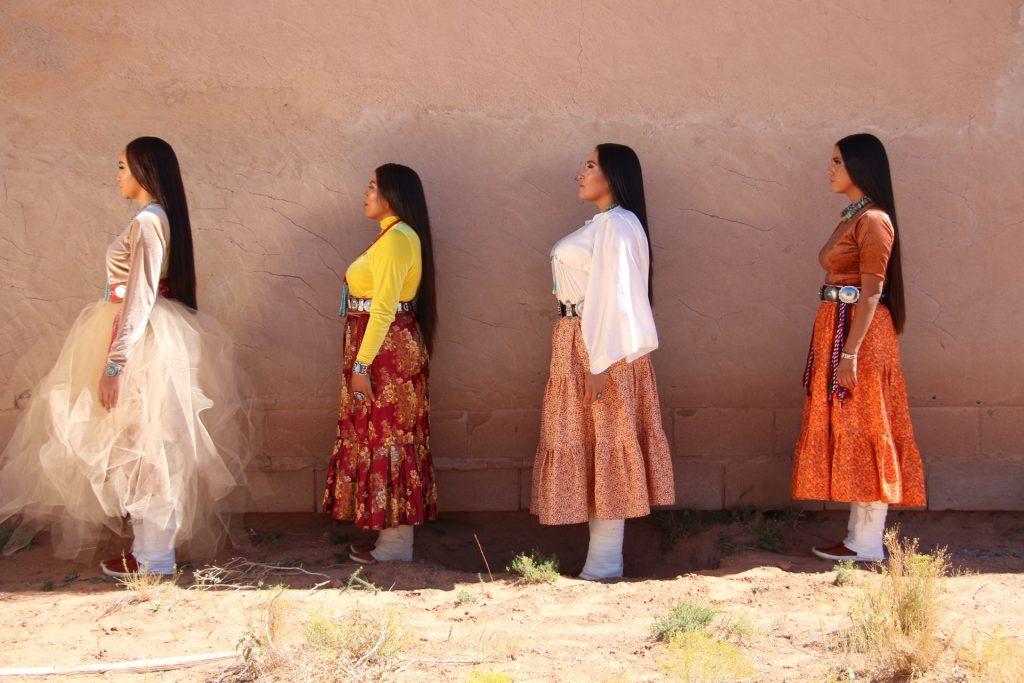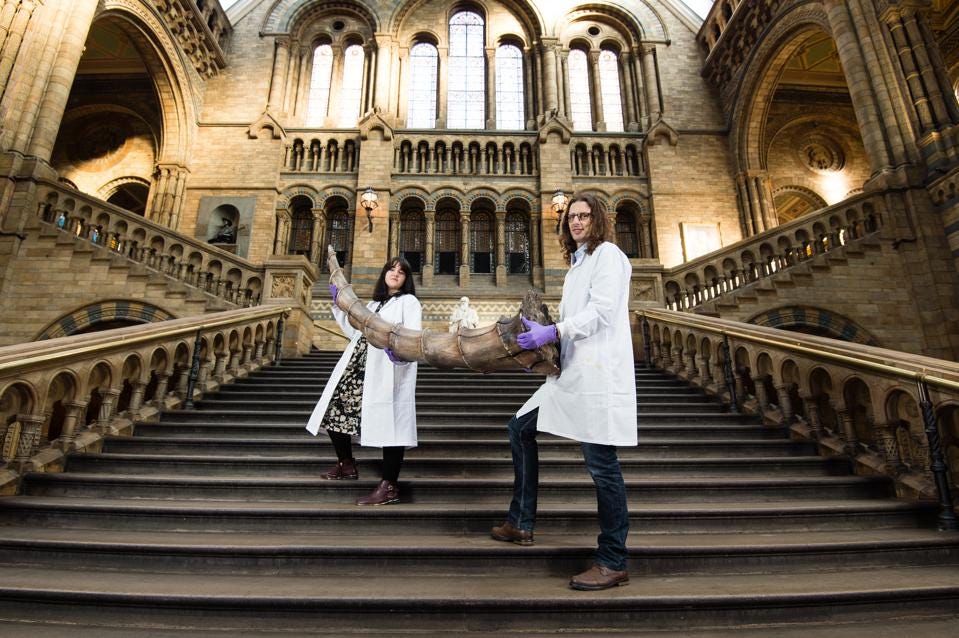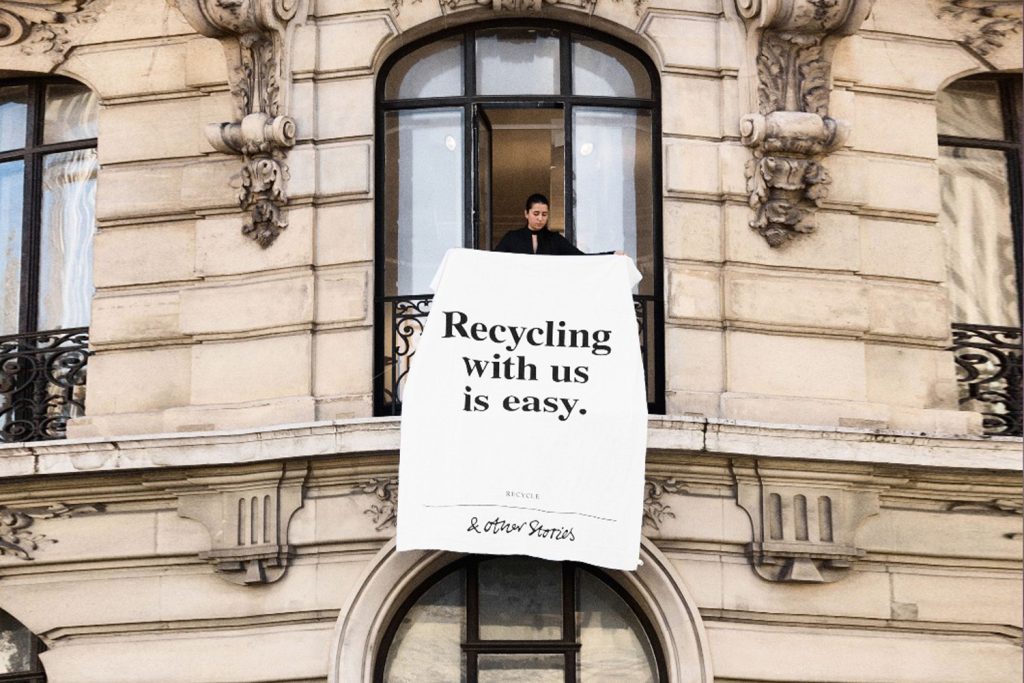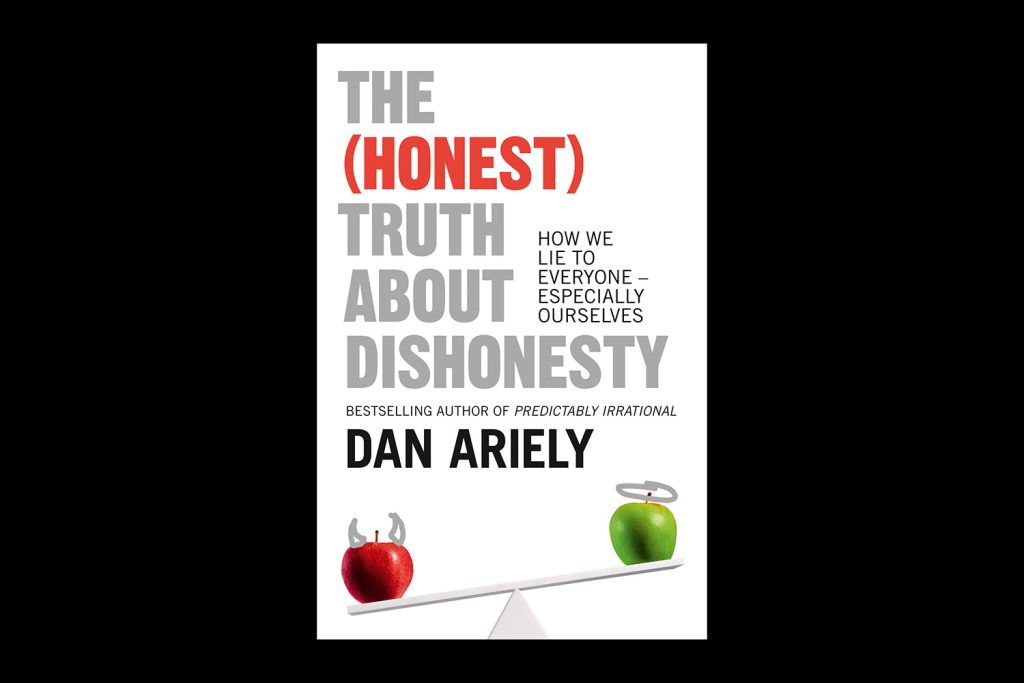Daniel Hettwer is the CEO of Hidden Worlds Entertainment – an immersive experience-based venture run by leaders in the fields of conservation, themed entertainment and technology, creating attractions with a purpose.
In the second part of this article he explores the need for the media and entertainment sectors to act regeneratively, and the power the industry has to create tribes and motivate communities to take positive action against climate change.
- A relevant and emotionally appealing story should provide a sufficient trigger for the audience to adopt a target behavior.
- The core challenge is extending the connection to the audience beyond the attraction.
- Gamification techniques with emphasis on variable rewards need to be integrated to maintain momentum.
- Tribalism is part of human nature and within groups we see high degrees of agreement, trust and collaboration.
- The sense of pride becomes stronger when we co-create something, making collective actions within a group very powerful.
- Entertainment conglomerates like Marvel and DC Comics are masters of tribe building and community creation.
The Impactainment Model Part I – Building Habits

This model is a draft open to discussion and clarification. I hope that experts from the field of behavioral science provide feedback, positive and negative. My goal is to contribute to the betterment of the world. I am both a realist and a father that cares deeply. As a realist, I know we urgently need action for the world to survive, and as a father, I want to achieve this goal.
Our focus is on media and entertainment, and I hope to effectively summarize our findings in one model applicable to the industry. The model was designed to ask questions with a focus on the themed entertainment industry, but I believe there are also applications in other sectors, from new media to the film industry.
The Impactainment Model via Hidden Worlds Entertainment

Attention
Our model starts by clearly identifying who the target audience is. Do we approach the public broadly or do we go for a smaller segment? What are the audience’s belief systems and tribes? How do we avoid messaging that either goes against the tribes’ belief systems or prevents tribes from merging due to sensationalized and/or polarized messaging?
We also need to identify the medium used. For example, news media, which is currently very polarized, might not be the ideal platform. Scientific publications, on the other hand, target a niche segment that is often already aligned with the subject matter. For example, the consensus in the scientific community is that climate change is real; not much convincing is needed.
“If it bleeds, it leads.”
Eric Pooley, journalist, editor, and expert on climate politics
How do we generate the initial attention? We all know that “if it bleeds, it leads,” but will this lead to more polarization and sensationalism? Are there better ways such as a visually appealing trailer, a fun piece of content, or a witty, inoffensive, headline?
Why do we focus on themed entertainment? Because it not only appeals to a broad audience, but it also provides visually appealing messaging. An amazing ride, an Instagram-worthy backdrop, a captivating theatrical production, or a delicious and immersive dining experience. The format holds the potential to pull you into a story ecosystem.
Story
After capturing the audience’s attention, we need to convert such attention into an emotional connection. First of all, we need to ensure that we provide a story, not a list of facts.
Next, the story itself needs to be optimized so it is most relevant to the audience, including elements such as situational relevance and character relevance. Is an outcome created that the audience could relate to? For example, do we focus on rising sea levels threatening coastal communities, heat-related deaths of the elderly, or reductions in farm yields for midwestern farmers when discussing climate change?
Depending on the audience, the answer will differ. Also, and as shallow as it sounds, can we highlight the cases of people that are ‘like’ the audience in terms of appearance or belief system? Lastly, can we focus on the one instead of the many to ensure we have a home run?
Habit Formation
“A well-structured, relevant, and emotionally appealing story should provide a sufficient trigger for the audience to adopt a target behavior. For this, however, we need to provide choices that should be achievable and ideally fun.”
Daniel Hettwer, CEO of Hidden Worlds Entertainment
We need to remember that, while the end goal is generating a positive global impact, the hardest part is the initial buy-in. As such, the initial investment is key.
Also, have we provided an initial reward easing an investment due to reciprocation of the audience? Do we fully understand the outcome of the choices provided, and have we ensured that the choice is not leading to an adverse outcome? Can we incentivize co-creation for example? Can we get a public commitment? Gamification techniques with emphasis on variable rewards need to be integrated to maintain momentum.
The core challenge is extending the connection to the audience beyond the attraction. Can we leverage societies, fan clubs, social media and other tools to keep the momentum going far beyond the initial audience engagement? And more importantly, can we extend the momentum into a movement by forming a tribe?

The Impactainment Model Part II – Sustaining Habits
“Creating habits is an important part of our impactainment journey. However, if these habits cannot be sustained and translated into long-lasting behavior change, all our efforts will be lost. Creating tribes and maintaining them through authenticity is key to achieving this long-term goal.”
Daniel Hettwer, CEO of Hidden Worlds Entertainment
While the initial habit formation is technical, the sustaining of habits through tribal support systems is novel.
Tribalism
We know that tribalism is human nature. And this is no surprise. One can only imagine the fate of someone being expelled from their tribe into the wild. As such, it makes sense that this instinct has survived thousands of years.
Importantly, as per Robert Cialdini, saying “this person is like us” is not the same as saying “this person is one of us.” The latter would imply a high degree of unity, which has an impact on our behavior. For example, studies have shown that people opposed a war more when they learned that someone from their home state was killed. Any movement on such a politically sensitive issue must have a powerful force behind it.
Why is this important? Because within in-groups, we see high degrees of agreement, trust, and collaboration. Recall the risk of not reaching certain groups of the population if we are not careful about the initial, attention-generating messaging.
If the message is not in line with the belief system of a particular group, then it will be ignored or dismissed. Agreement on an issue that conflicts with the view of one’s group would not only create internal friction via a lack of consistency but might also lead to expulsion from said group.

What makes tribes so powerful to sustain habits? We know we need to provide variable rewards and generate investments to get people hooked. First, tribes communicate. If I send you a message, I create a trigger for you to react to. Secondly, our interactions create highly variable rewards. Your actions might not be acknowledged, or they might receive great praise.
Interaction within tribes also exerts significant pressure on its members. Recently, I told a friend that her plastic waste reduction efforts inspire me to do better myself. I learned that this pushed her to do more herself. If you inspire people in your in-group, you can’t be the one dropping the ball. If others think and voice that you are charitable, you will act more charitable as a result.
Consistency is another factor, of course: You don’t want to look bad by changing course. The more people follow the same belief system, the higher the pressure on the individual to follow as well.
The same goes for the investment part, which, within a group, often takes the form of co-creation. Yes, the IKEA effect one feels when completing a masterpiece is strong (the pride of looking at a perfectly assembled FJÄLLBO).
The effect becomes even stronger when we co-create something, making collective actions within a group incredibly powerful
Daniel Hettwer, CEO of Hidden Worlds Entertainment
And while tribes often show an “us vs. them” mentality, shared challenges may produce unlikely allies. No matter if you are anti-immigration or pro-refugee-rights, you should be inclined to fight climate change due to the mass displacement that will result from it. Alexandria Ocasio-Cortez’s concerns for children in the South Bronx suffering from the highest rates of childhood asthma in the country are grounded in the same issues that worry the Pentagon.
Interestingly, entertainment conglomerates are masters of tribe building. Marvel, DC Comics and the Harry Potter franchise are just a few examples of fan-supported movements that are truly powerful. Do the same companies hold the relevant expertise in environmental protection? It’s unlikely.

Perhaps partnerships provide an interesting opportunity here. We see such formats emerging, as in the case of the Natural History Museum partnering with the Fantastic Beasts franchise. There are amazing conservation groups out there that have community building at their core, such as Beneath The Waves, PangeaSeed, Oceanic, CORE, and EarthEcho (all are Hidden Worlds partners).
And it doesn’t have to be a nonprofit or charity; the for-profit sector offers opportunities for partnership as well. There are brands building communities on the back of a commercial model; one must only look at the work done by Parley.
Tribalism affects all other areas of the impactainment model, raising several questions. Is the topic at hand politically polarizing? If so, can we avoid exclusionary attention grabbers? How can we structure our storytelling, enabling an emotional connection while preventing an “us vs. them” attitude of tribes that need to be merged down the line?
How do we merge different tribes along common interests? Can we leverage co-creating or shared challenges? How do we ensure that the resulting greater tribe is not disrupted by special interest groups?
With great power comes great responsibility. Tribalism is a force that can easily be exploited in the wrong hands, which may lead to tragic outcomes. If we intend to do good, we need accountability; more than that, though, we need authenticity.
Authenticity
This only leaves authenticity. This part needs to come from the heart. Are we honest about our mission? Are we transparent about our impact and intent? Do we have the skill to execute the impact mission or should we partner with someone? And in the case of partnerships: does our partner possess the honesty and skill required?
Let’s start with the baseline for authenticity. Being genuine implies being honest and sincere. We all know that corporate greenwashing is rampant. This is extremely frustrating as the intent of the consumer to do good is being taken advantage of by profit-maximizing companies. And while it is not criminal, it feels unethical.

Recycled plastic fabrics by fast-fashion companies trying to appear environmentally conscious while pushing short-lived products into a market that sees recycling rates of only 15%. Intended terminology confusion such as the ocean-bound vs. ocean plastic mess.
These are just a few examples highlighting the greenwashing and manipulation by a number of companies. The media and entertainment sector needs to take notice and steer clear of such unethical behavior to maintain credibility.
Obfuscation is a related issue. One-sided communication efforts highlighting “how much was taken out of the system” while neglecting “how much goes straight back into the system” are clear offenders.
The consumer must be informed about the intent of campaigning. Is this a genuine attempt to create betterment, or is the consumer being influenced for the sake of profit maximization?
Daniel Hettwer, CEO of Hidden Worlds Entertainment
Unethical behavior can also be witnessed in the nonprofit sector as well. We have seen several companies create nonprofit arms in recent years, which is admirable. Having said this, in some cases, we see questionable behavior.
For example, intended name confusion can often be observed. In some cases, the consumer is not even aware that there is a for-profit entity running under the same name, thinking they support a charity. Looking at Form 990 disclosures may surprise some as the nonprofit arm is often shockingly underfunded compared to the for-profit income generated.
Add to this that many are supported by unpaid volunteers, often from low-income developing countries, and one might ask if the definition of “ethically acceptable” is being stretched here.

Unfortunately, these instances are not isolated but lead to spillovers. For example, we can see an increase in cheating resulting from in-group contagion. In The Honest Truth, Dan Ariely explains that we are much more likely to cheat if we witness someone we identify with, or whose group we belong to, cheating.
If such behavior is discovered, consumers may turn away from the company, ultimately destroying any movement built and impact made. Lastly, a lack of transparency on the side of challengers opens opportunities for incumbents to attack and instil uncertainty.
This only leaves skill. As we have seen before, signs that ask visitors not to steal national park property have led to an increase in theft as they signaled that “everyone else does it too.” Whoever set up these signs had the right intent but did not possess the right skill.
Currently, we are all screaming change, yet only a small percentage knows how to achieve it. The noise is preventing any meaningful signal from emerging
Daniel Hettwer, CEO of Hidden Worlds Entertainment

Sometimes the loudest and most charismatic receive the most attention, and in certain cases, they lack both skill and good intentions. We know that being charismatic can create a following; it is something that can be witnessed over and over again in cult leaders.
Sometimes this can be further accentuated through strong symbolism à la Steve Jobs, a strategy copied by many highly influential and ethically questionable personalities, with one, Elizabeth Holmes, currently being on trial for fraud.
This is a fantastic example of authority meeting lack of skill, leading to an unfortunate outcome. Authority is powerful, which reminds me of Robert Cialdini’s case study of a duty nurse receiving an instruction to administer ear drops into the right ear of a patient. Unfortunately, the physician abbreviated the instructions as “place in R ear,” which led to the nurse putting the required number of drops into the patient’s anus.
Imagine such instructions are provided by non-experts. That’s why people believe in saviors from space coming in flying saucers and 5G chips being inserted into our shoulders via Covid-19 vaccines. Skill matters. That said, there is a simple solution: team up with an expert that possesses the skills that you need.
And with that, I hope to start a discussion on an experience-development model utilized to generate impact through entertainment (what we call Impactainment). As we know from behavioral science, most importantly, we need to get started; this is my attempt.
Cynics and pessimists don’t innovate
Shane Parrish, founder of Farnam Street
We must act regeneratively and give back more than we take. We must all strive for impact, and that includes professionals in media and entertainment. And while we might not possess the skill to develop carbon capture or fusion, we have the power to create motivation and community.
The next technological breakthrough might come from the mind of a child that was motivated by your attraction. The next crisis is coming, and climate change is the ultimate test we will face. It’s time for the media and entertainment sector to step up and do its part.
The WXO Take-Out
- Creating habits is an important part of the impactainment journey.
- If the message is not in line with the belief system of a particular group, then it will be ignored or dismissed.
- The entertainment industry must all strive for impact, act regeneratively and give back more than it takes.
Interested in taking part in discussions about experiences and the Experience Economy? Apply to become a member of the WXO here – to come to Campfires, become a better experience designer, and be listed in the WXO Black Book.






